Tredegar Square: Georgian architecture, war trenches and a brothel
Just off of bustling Mile End road lies one of London’s finest Georgian squares: Tredegar Square. You may walk through its peaceful gardens and grand rows of three-storey homes everyday, but did you know that this majestic square has a rather unexpected history?
From wartime trenches to an all-male brothel, this green gem situated in Mile End’s Old Town was not always the tranquil refuge we know it as today.
During WWII, air-raid trenches were built under the gardens, uprooting its greenery with the aim of sheltering 10% of the local population. Even the metal railings were removed to be used in the making of weapons, which you would never have guessed by marvelling at its now perfectly maintained flora and fauna contained within its smart black fencing.
Prior to the War, and up until it was built in the 1820s, The Tredegar Estate Area – named after Mile End landowner Sir Charles Morgan of Tredegar – was predominantly comprised of farmland at the time, with very few buildings. The square itself is named after the Viscount Tredegar’s ancestral home near Newport in Wales. You’ll notice that many local roads have Welsh names: Rhondda, Selwyn, Aberavon, Cardigan and The Morgan Arms pub of course.
The square is adjacent to the impressive gated development, The Old School, which was run as a school until 2013. Its history dates back to the 17th century when Bow resident Prisca Coborn (1622-1701) worked in Coborn School in Essex, an institution that educated 50 of the poorest children. When she passed away, she left property in the neighbourhood to the school and this led to Tredegar Square’s north-west corner to be extended in 1873 to form Stepney Grammar School. Unfortunately, it ran into financial difficulties and moved to 29-31 Bow Road in 1898 before eventually moving to Upminster in 1971.
When the square was built in 1829, its central patch where the gardens lie today, was initially private land until the council intervened. The day the square became public, Prime Minister Clement Atlee opened the space on 25 April 1931.
The East London Observer reported on the opening ceremony, referring to the square as ‘London’s little lungs’, musing: ‘what would New Yorkers give for Tredegar Square, a Stepney Green or a Shadwell Park?’
Ninety years later, the aesthetics of Tredegar Square live on in nearly the exact condition. Captured here by our local photographer Sophie Beagles, we see the grand trees and clipped auburn hedges enclosed by a symmetrical perimeter of cream-hued homes that those of us in Bow can be proud to claim as our own.
After the war was over, the council received a grant in 1953 from the King George’s Fields Foundations to build the children’s playground in the square, along with a netball court. It is this version of Tredegar Square which spawned the fondest childhood memories for many local people today.
Vivienne Hicks, one of a family of 16, reminisces that ‘me and my brothers and sisters always played in Tredegar Square park’.
Linda Clark commented that in the late 50s ‘we used to play netball there from Malmesbury School’ and Denise Murphy remembers how she ‘used to love sitting in Tredegar…with my dog Murphy.’
Jim Hardiman, too, recalls the friendly faces of the square: ‘In the summer, local families sat on their doorsteps and the patois of the island of St. Lucia, and Jamaica, could be heard all around’.
By the 60s, the area’s infrastructure was markedly rundown in parts. Resident Nicky Hilliard who lived at 4 Tredegar Square from 1961 recalls how ‘it was in a terrible state…all the stucco was peeling off’ the houses. There was also a legacy of bomb damage from the war.
Eventually, the Tredegar Square Conservation Area was established in 1971 to protect the square from demolition. Members of the Mile End Old Town Residents’ Association fought passionately against plans by developers to ‘improve the area’ that would have involved demolishing the terraces and constructing the square from scratch.
Back in the 60s though, Hilliard wasn’t deterred from moving into the area. He explains: ‘we lived in Leyton in a terrible house and I hated it. One lovely spring morning we went to drink in a pub called the Grapes in Limehouse…we drove into this square and I thought, “God! What a marvellous square!”’
Hilliard snapped up 3 Tredegar Square for an outstanding price of £2,200, a far cry from the houses there today. ‘Even then it was cheap, you know. And then a few years later I bought this house, so we had the two for £4,000.’ He divided the space up into flats that he rented out to local university students.
Like other locals, Hilliard remembers the characters who used to reside in the square. One man in particular stands out, who always wore ‘jackboots’ and ‘breeches’ and ‘ran this male brothel…I don’t know the number – one of those white houses…on the north side.’
The space continues to inspire its inhabitants, locals and authors, including Essie Fox who mentions it in her novel, The Somnambulist. It is also the site of an intriguing, very East End history; one that welcomes people from all over the world and provides an accessible place where local families can get together. We think it’s pretty lovely too.
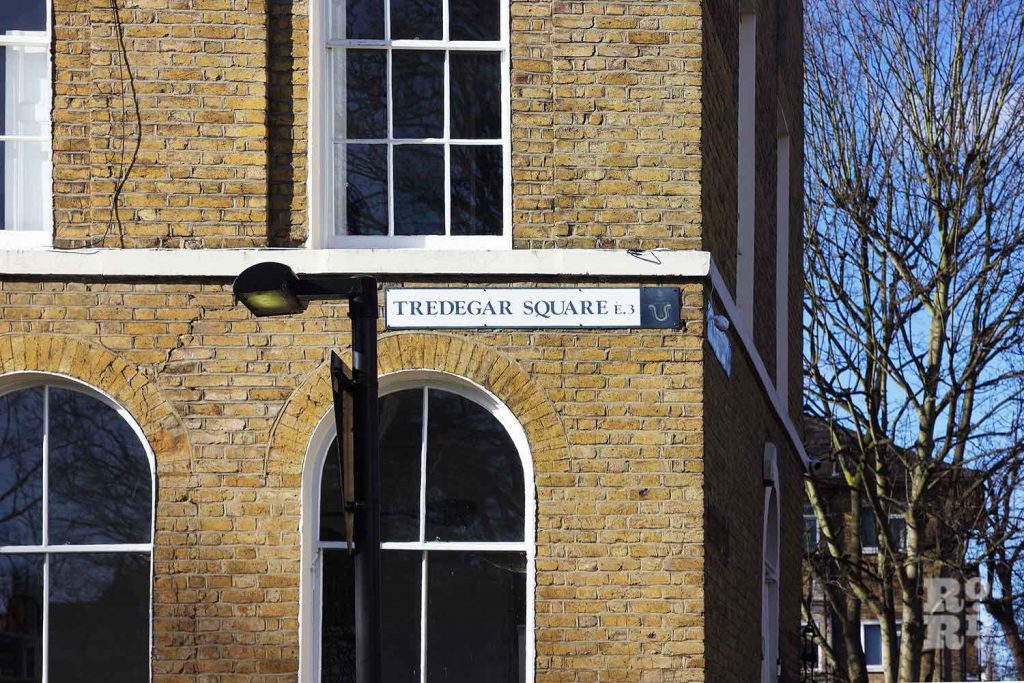
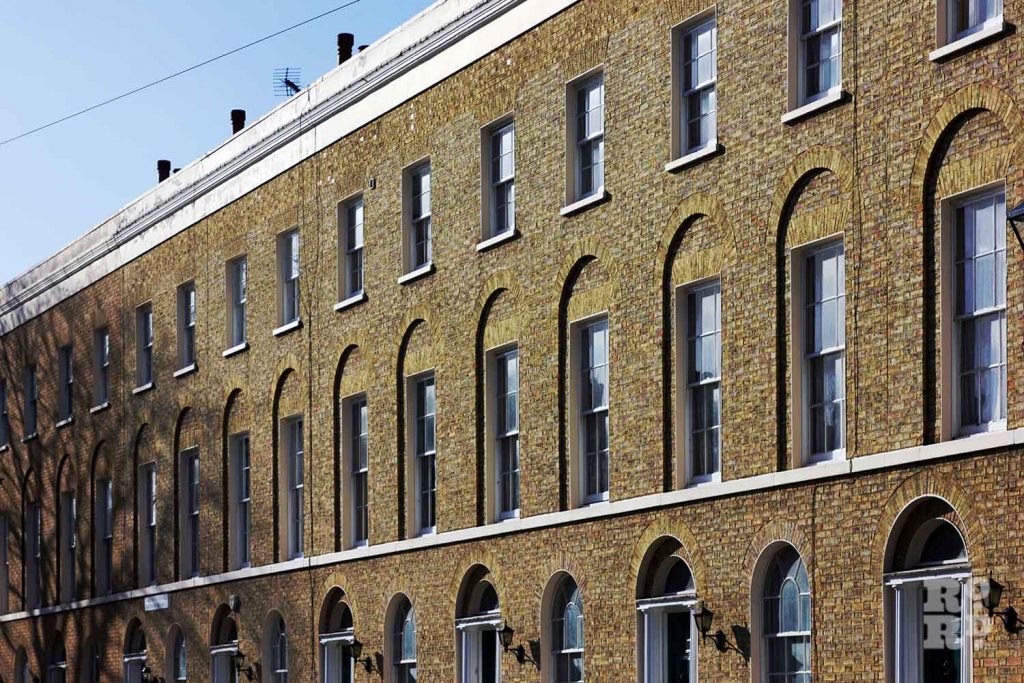
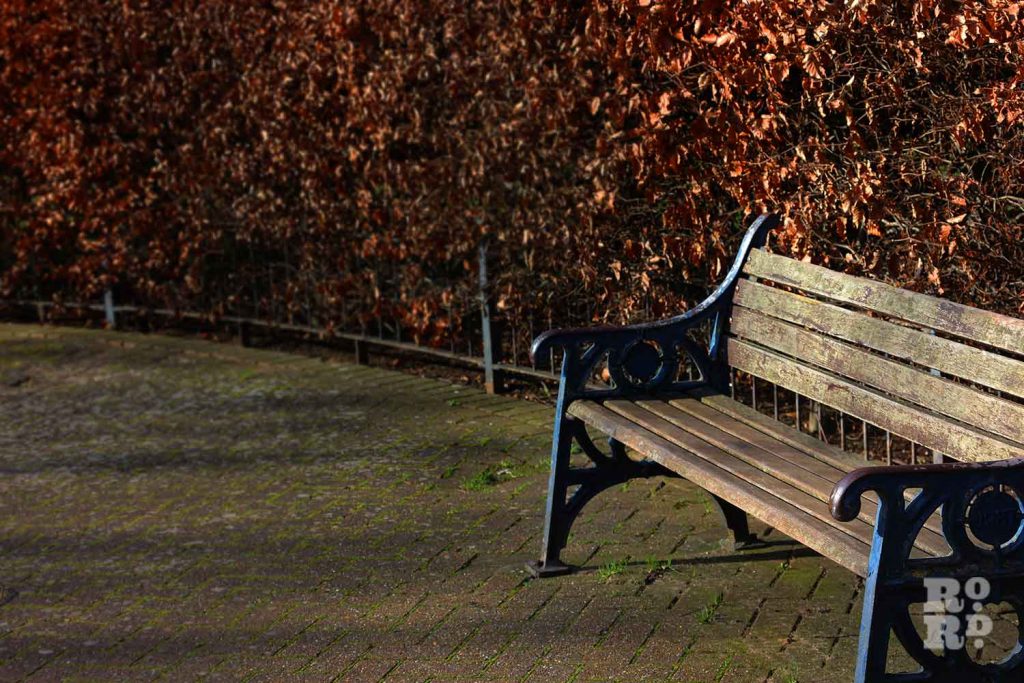
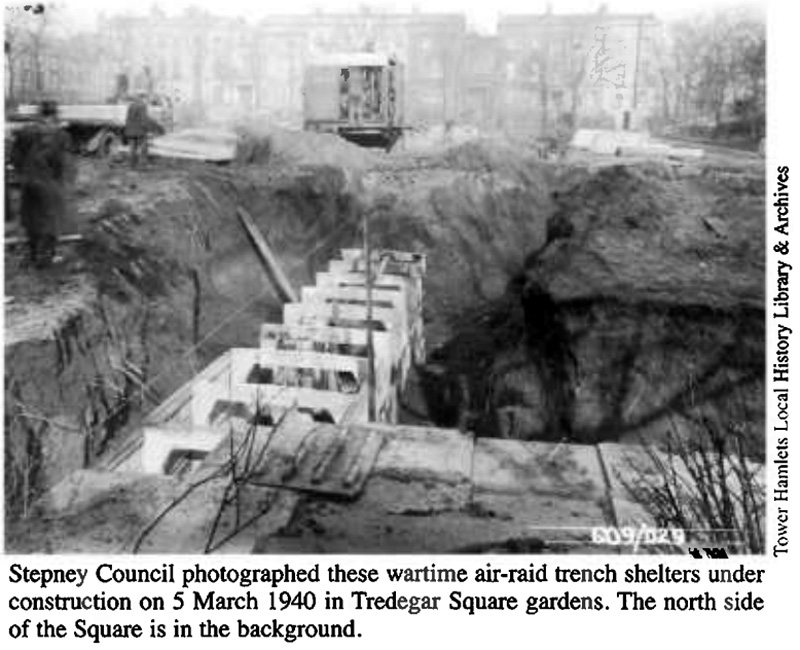
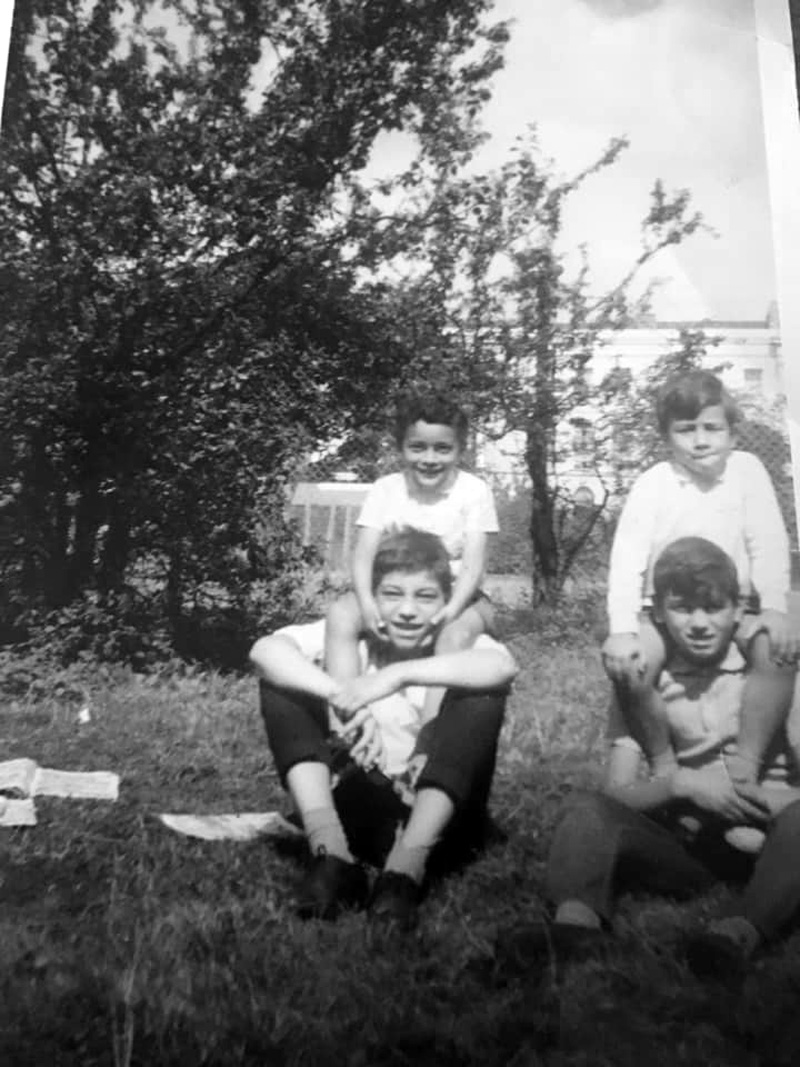
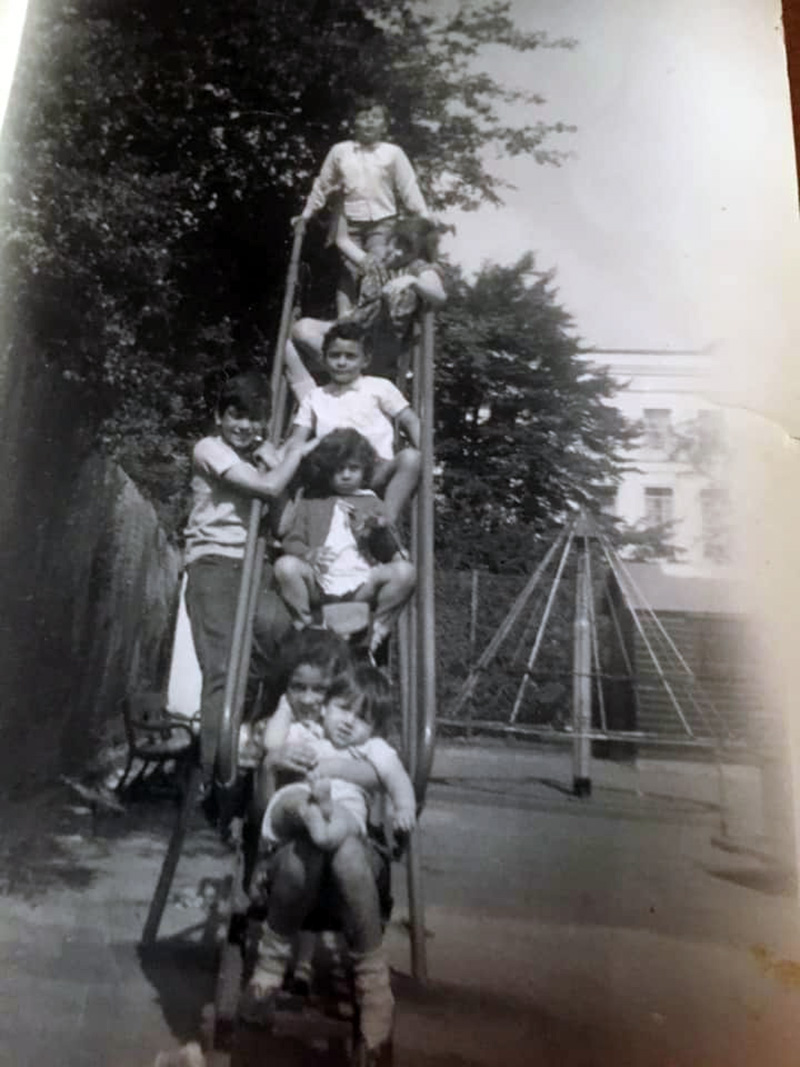
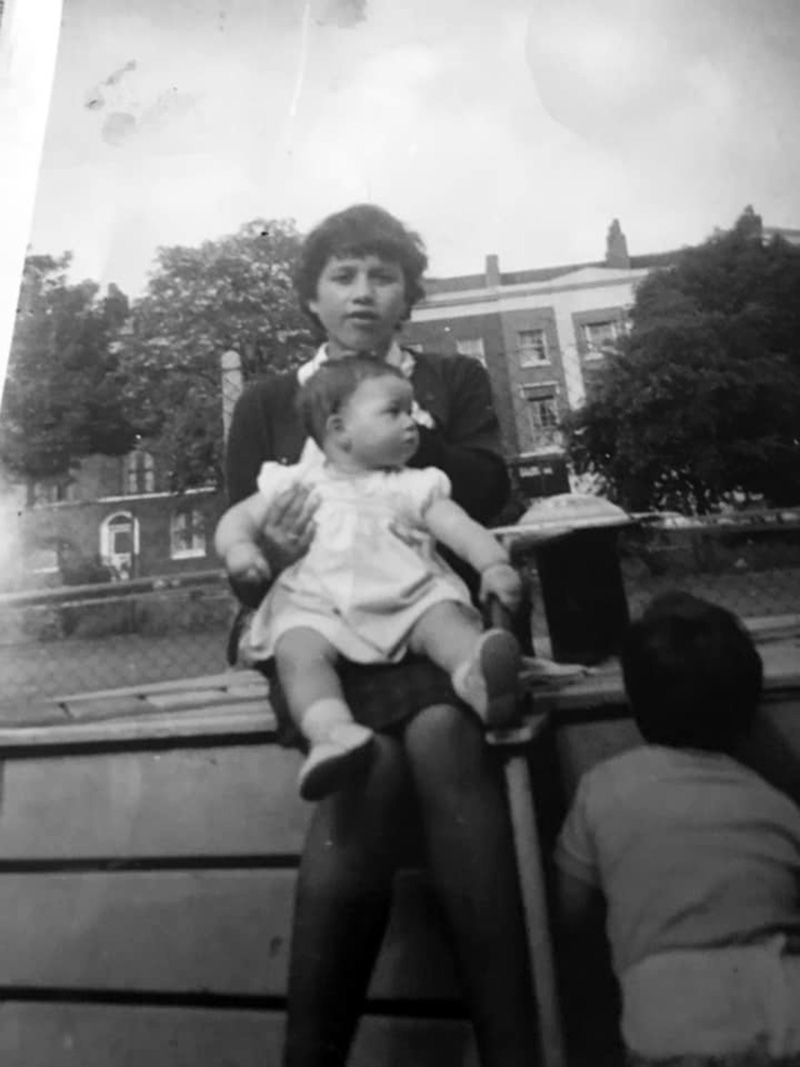
If you liked reading this piece, you might like our tour of the historic cemeteries near Roman Road, the story of Mile End Park, or our guide to the best parks around Bow

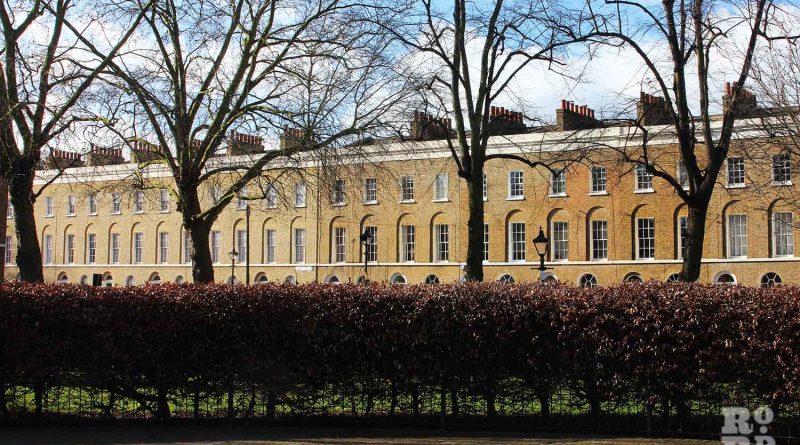

I remember the Hicks family especially wally from his time at Malmesbury. how many on this went to Coopers or Coburn, and owed their future to these two great schools
Some local children still go on to Coopers and Coborn out in Upminster with a percentage of places “allocated from Tower Hamlets on the basis of proximity to the historic school in Bow” [with allocations being] based on the straight line distance between the applicants home address to the entrance of the old school site in College Terrace, Bow. (Where an applicant lives in a flat complex, a central point in the complex is taken).”*
taken from Coopers admission policy.
My mother was born at 82 Tredegar Road and went to Coburn School. I’m trying to find photographs of Tredegar Road before it was bombed. If anyone has any, or can point me towards any, I’d be really grateful.
What happened to the playground? Such a shame there isnt one now.
Coborn’s financial problems were around 1884 and in 1886 it was decided to close down the “girls’ department” leaving Coborn as a boys only School.
In 1891 the Stepney & Bow Foundation was founded by the two charities (Gibson/Coopers and Coborn) merging and the school at Tredegar Square was built and housed Coborn and The Coopers’ Company’s School for Boys became the tenants in 1898 I think.
Coborn School did take in boys and girls for a while but when the boy’s School moved to Tredegar Square from Ratcliffe, Coopers became the boys’ school and Coborn the girls’ school.
The plans to move both schools to Upmister had been in progress for a number of years and in 1973/74 the final tranche of Coopers and Coborn pupils moved down to Essex.